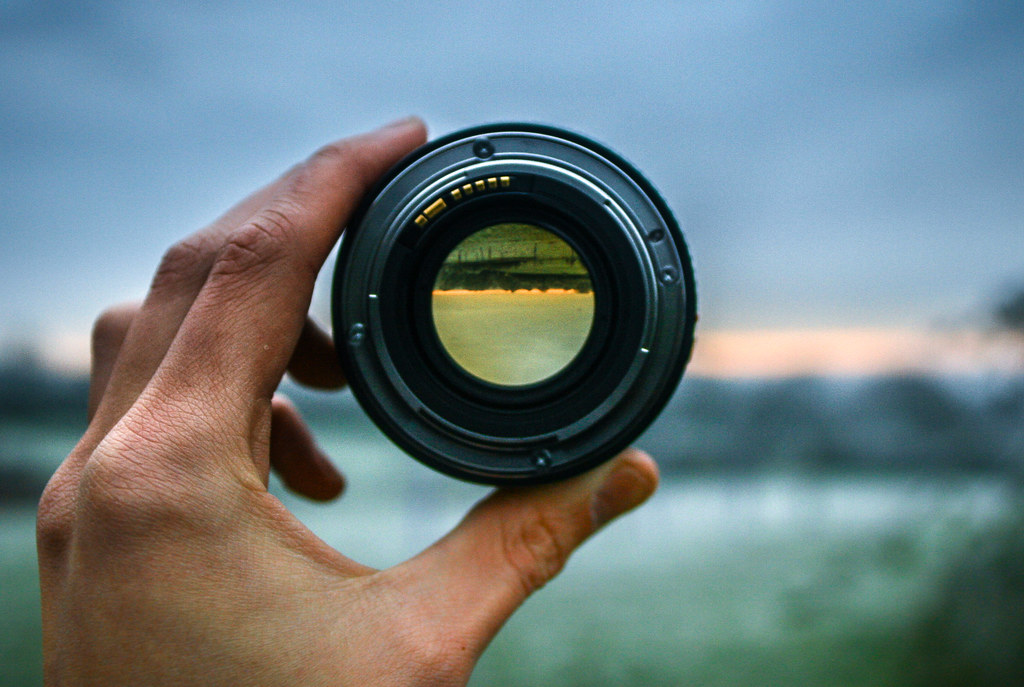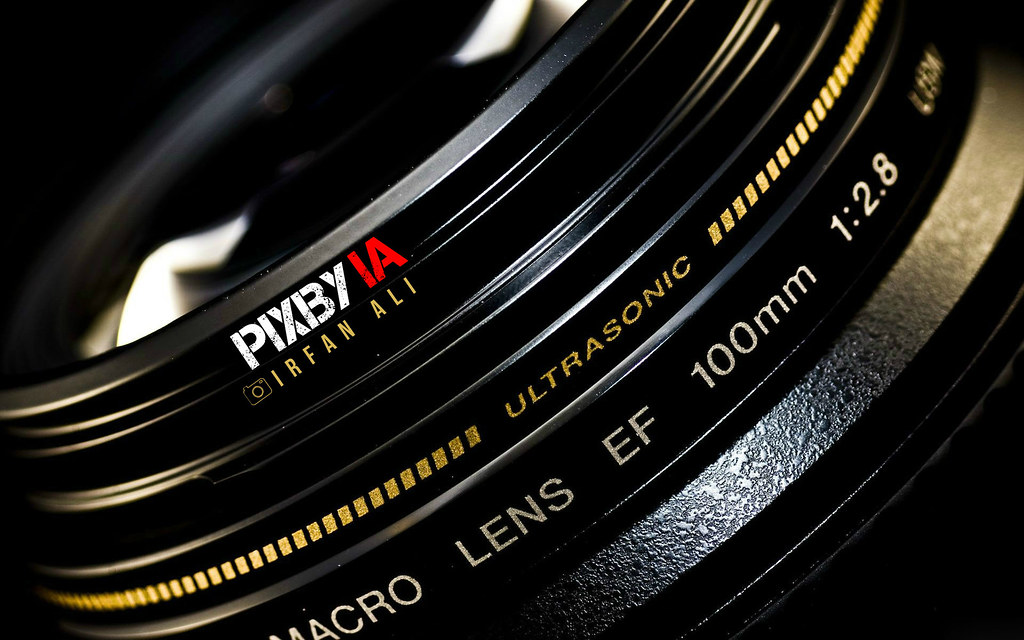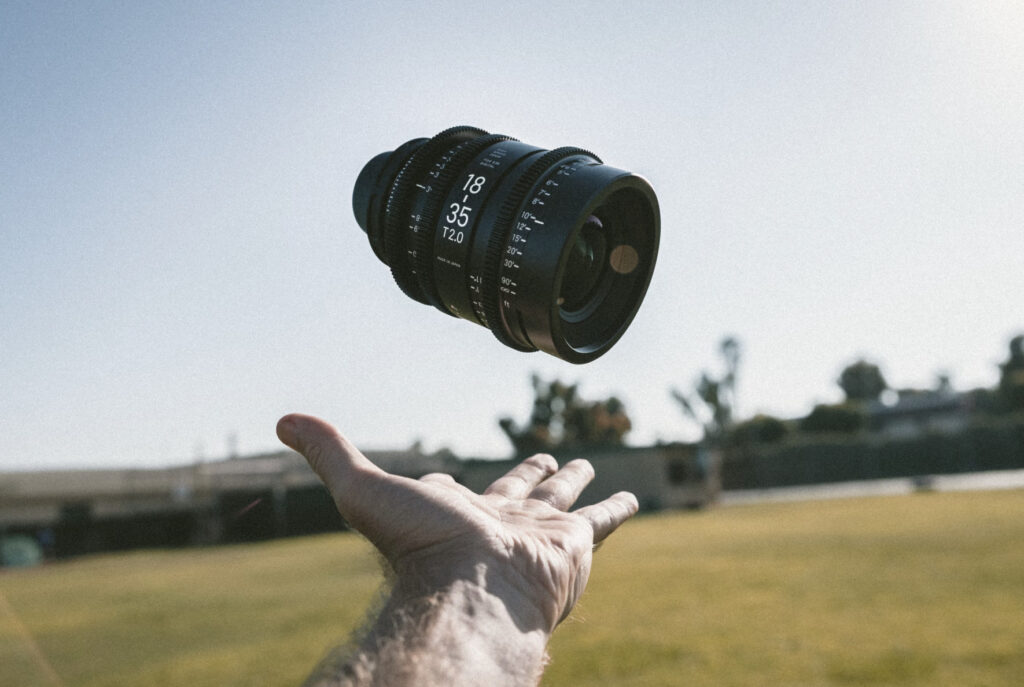Whether you’re doing photography in a professional way or as a passion, it’s an expensive discipline. And we are not just talking about cameras and lenses, but about almost any other accessory that's necessary for our photos to turn out the way we want them to be.
Nowadays, with digital, we save a lot in terms of the cost per shot thanks to the replacement of film with digital. We get our first true glance of the potential costs of DSLR photography when we move from a kit-lens to any other lens. The world becomes new, everything has a new point of view, and then we become lens-maniacs. The problem is that high quality glass comes with a fat price tag on it.
Lenses are built to last a seriously long time, but when you find their prices too steep, you start to look into buying high quality lenses for a fraction of their original retail price without losing much in its design and manufacture quality – a world of possibilities becomes wider and more colorful when you start to think of these second-hand options, and even more when you find out that you can mix lens brands with different camera bodies thanks to adapters and other innovative toys.
Even though a lot of care is taken by companies around lens design and manufacture, there are certain things that you have to keep in mind when buying older lenses.
1. Mount Type
You have to achieve communication between the lens mechanisms and the camera body (some are electronic, and some are mechanical). If this is not possible, the lens just won’t work. The easiest way of achieving this, is by mixing lenses and cameras with compatible mounts (or bayonets). But there are situations in which you may want a specific lens to work with a brand new camera body. If the mounts are not compatible, adapters are the way to go. A simple good search using the lens model and camera body model will usually throw up a result that you can use.
2. Seller
If you are considering buying second hand lenses, there are two options. The first is via traditional friend-of-a-friend face to face deal. In this case, you should do some questioning about the selling availability, this means “why are you selling it?” and if the answer suits you, you can make the call.
The other way to go is via Stores, we can surf through endless catalogs online for mint or in-good-shape lenses:
- https://www.graysofwestminster.co.uk/
- https://www.keh.com/
- https://www.ebay.com/
- https://www.adorama.com/Used
These websites have trusted sources; even eBay has a reviewing system in which sellers get recognition, so you can trust them to a certain extent.
3. Physical Test
Nothing beats a live preview of the lens. When you have the chance to really touch the lens before buying it, enjoy your little inner Sherlock, and look through it over and over again. Look for any sort of damage and above all, test it on your camera. When doing this you should look for:
- Smoothness: every aperture and focus ring should work as smoothly as possible. This means, without any bumps, speed-ups or a grainy feel when turning it.
- Light flow: Use a powerful LED lamp to run some light through it, and any obstacle in the light beam, will be seen – even little dots or scratches.
- Fungus: This is very VERY important; there is a huge difference between dust, and fungi that have found a place to live in a lens. Generally speaking, this happens when the owner did not store / keep the lens in a place with low humidity. This can happen to you as well, so use as many silica gel bags as you can for your camera bodies and lenses.
- Mechanicals: On vintage mechanical lenses, it’s easy to run some tests on the aperture blades and the aperture level mechanism. Run through every position possible, and feel if everything is running nice and smoothly. But not too smoothly – some of these lenses are “clicky” and metallic, so you must look for a “toughly built” quality. When the lens has electronic mechanisms, you can still move the rings to see if the focus and zoom mechanisms are running well. In both cases, the best tests will be with the lens mounted on your gear. Mount it, try it, shoot with all apertures and download the images to analyze every portion, don't worry about getting picky.
- Threads: The thread at the end of a lens is used to screw in a filter and it might be damaged from improper mounting of filters or bumping of lenses and filters or even by applying too much torsion to the screwing. You'll want to avoid this, especially if you want to achieve beautiful landscape results with circular filters.
4. Condition
There isn’t much to say about this, only trust deals in which the seller clearly states “perfect condition” “like new” or “mint”. Skip the “Slight Damage” or “Cheap adjustments” deals – the cost savings are rarely worth it.
5. History
Not all lenses are built like tanks. Do some research on the lens' historical legacy to be sure that they have come through the years without any bumps on the ride (recalls, manufacture upgrades due to problems etc). This is very important, and a lot of photographers don’t take it into consideration when doing their research in terms of comparing lenses and reading reviews. The most significant evidence, that something is built with high quality standards, is by looking at their performance through the years. If it’s common to have, for example, a lens designed in 1990 still produced without major changes or improvements (like the famous EF 100mm f/2.8 Macro USM) it is because there is some serious quality involved in it.
Extra Tip
There are times in which you are not looking for a good oldie, but just want any of the latest lenses, and perhaps there aren't a lot of secondhand options in the market. In these cases, you can rent them if you just need a certain lens for a specific assignment. Try https://www.borrowlenses.com/










3 Comments
I would also recommend using LensAlign or FoCal to make sure the lens will focus on your body. I’ve sent back new lenses that were not able to be micro focused.
I need a How not to get burned when selling a lens article.
I have sold many lenses, mostly Canon which we all know hold their value greatly and mine have all been in immaculate condition. I ship fast, pack well and send all pertinent packaging and materials. Still that doesn’t stop buyers from complaining about the lens due to their ignorance, (Why doesn’t my new fixed lens zoom?) or other skill set learning curve situations.
Another source with a potentially higher level of quality assurance are lens manufacturers, most if not all of which, offer their own “refurbished” lenses at prices lower than the new retail prices.